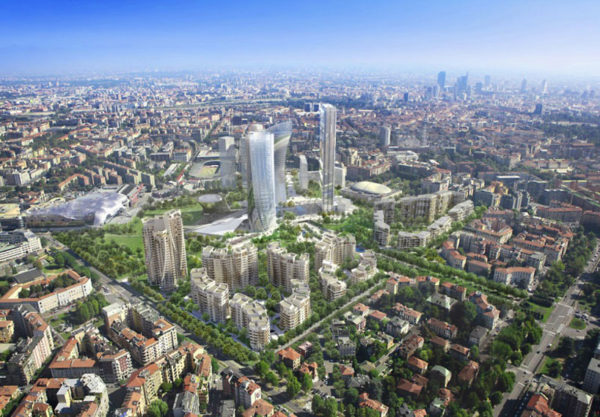
(Image Source: Hayes Davidson)
With millennial employees jumping from job to job every few years and the concept of modern living continuously evolving, experts are running to find solutions. Academics Alex Tabarrok and Shruti Rajagopalan propose privately owned and privately run cities as the answer—and real estate developers are quick to agree.
Microcities or “cities within cities” are amenity-packed and designed to meet the needs of millennial residents. This way, developers can build not only a city, rather a community—a place where residents can live, play, and settle down, all within minutes of where they work.
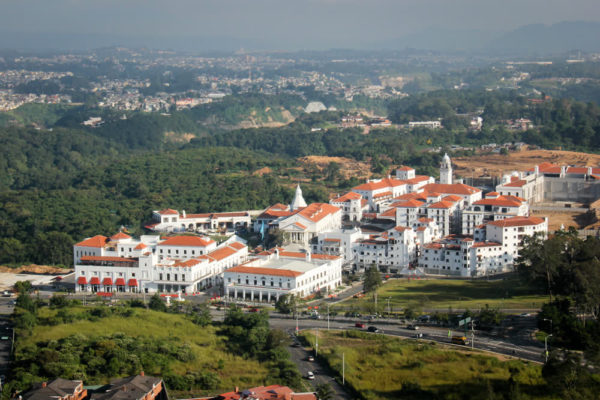 (Image Source: www.berge-meer.de)
(Image Source: www.berge-meer.de)
Private ownership of these cities allows for just the right amount of central planning, while continuing to encourage healthy competition—avoiding the type of ineffective, quasi-utopian planning schemes common amongst publicly owned and managed cities.
Here are some of the existing microcities that can be taken as models of inspiration for future developments:
Hudson Yards NYC
A shining example of a microcity is Hudson Yards in New York City. The Hudson Yards is the largest private real estate development in the history of the United States. The project is on 28 acres of land on the western edge of Manhattan and boasts 18 million square feet of commercial and residential space. Amenities include state-of-the-art office towers, hundreds of shops, and a collection of restaurants curated by renowned Chef Thomas Keller.
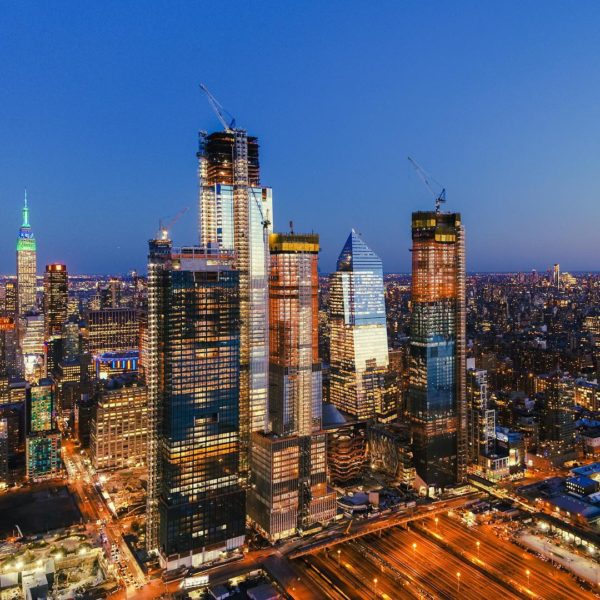 (Image Source: Hudson Yards Twitter)
(Image Source: Hudson Yards Twitter)
It also includes The Shed, a center for artistic invention, 14 acres of open public space, a public school, and an Equinox Hotel.

(Image Source: Hudson Yards Twitter)
CityLife Milan
On the outskirts of Milan’s old city center, where there once stood the historic neighborhood of Fiera Milano, now lies CityLife Milan—a residential, commercial and business district being developed by the Generali Group.
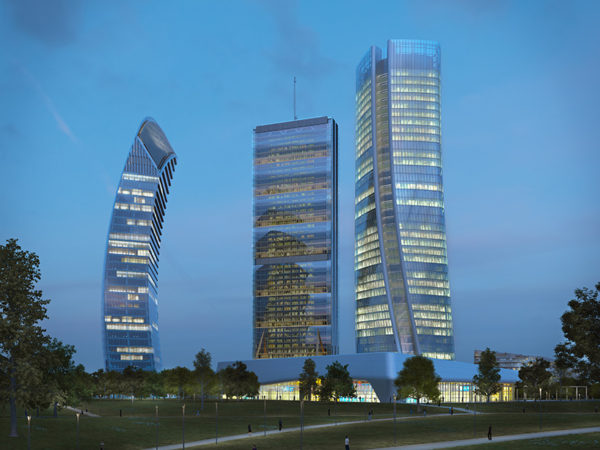
(Image Source: Studio Libeskind)
Designed by famous architects Zaha Hadid, Arata Isozaki and Daniel Libeskind, CityLife Milan will provide a balanced mix of public and private programs. These include three commercial towers at the center of the city, surrounded by residential buildings and public green spaces.
Paseo Cayala
Another advantage of microcities includes their ability to act as a safe haven from crime-ridden surroundings. Nowhere is this most evident as in Paseo Cayala, a 14-hectare private city on the outskirts of Guatemala City.
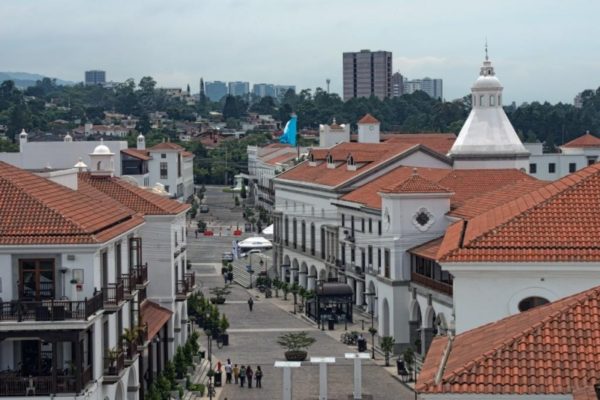
Guatemala City is known for it notoriously high crime rates, which is why real estate developers sought to create an area where residents can escape to and live a better lifes. The project includes apartments, shops, nightclubs, boutiques and restaurants all contained within the safety of the white walls surrounding the city’s edge.
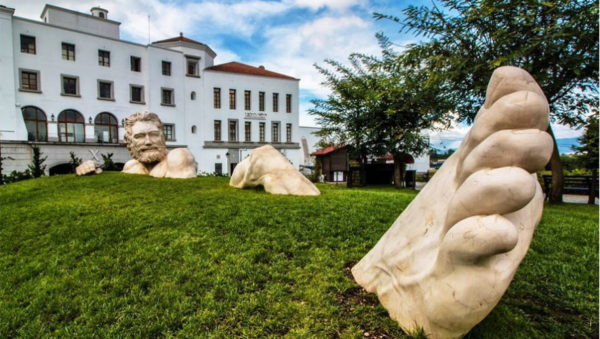
(Image Source: Facebook)
Still don’t feel safe? Not to worry. The only way visitors can enter the city is by car through a single gate which leads to an underground garage structure. Once cleared from there, visitors emerge via covered escalators onto streets continuously patrolled by armed guards.
Wayaland
Although not yet actualized, Wayaland is the brainchild of Italian designer Pierpaolo Lazzarini. He envisions a floating city made of modular pyramids offering many living and entertainment amenities such as hotels, shops, spas, gyms, bars and cinemas.
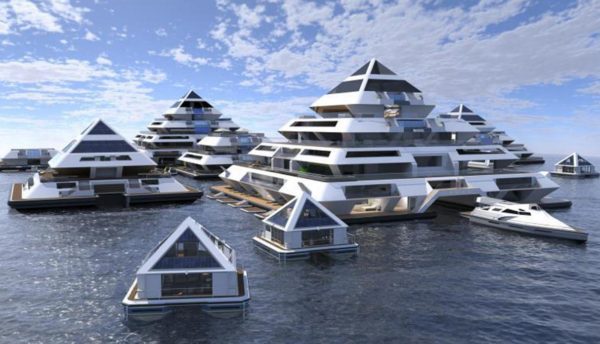
(Image Source: www.gestion.pe)
The project aims to be the first of its kind in a unique offshore living experience entirely self-sustainable, utilizing solar panels and water turbines for energy supply sources. The building process will begin after Lazzarini successfully crowdsources the funds for the project. Each investor will become a citizen of Wayaland and receive a Waya passport and invitation for the 2022 inauguration.
